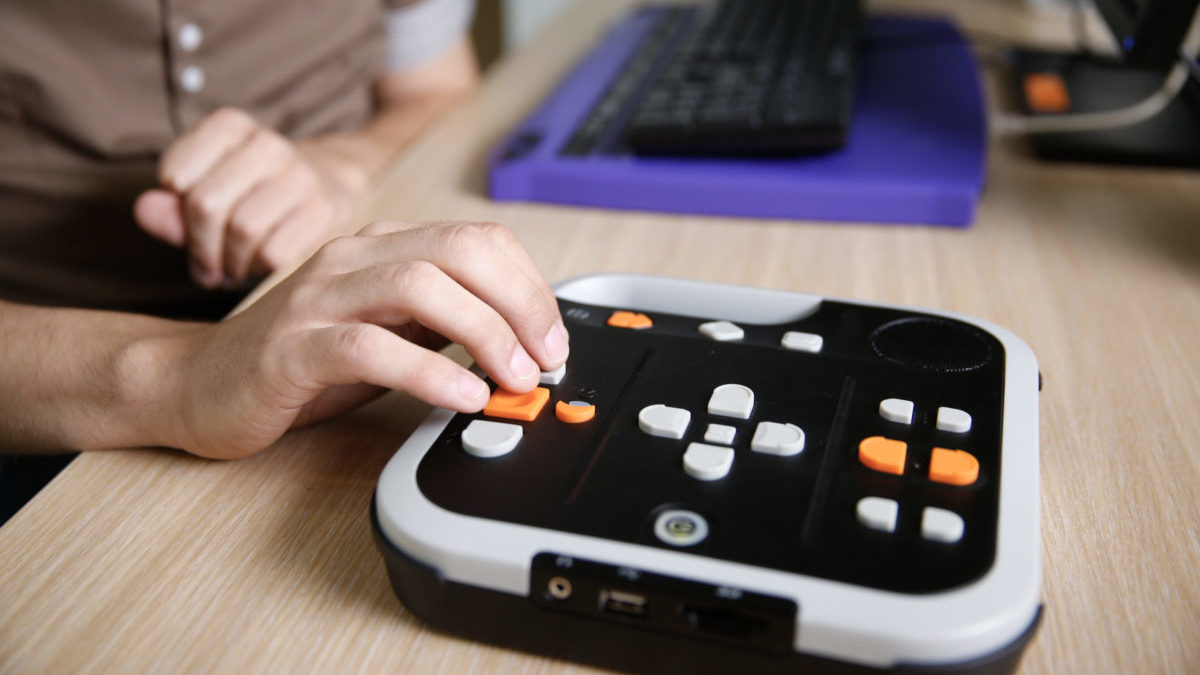
Assistive Technology Devices and the Law
Assistive technology devices and services connect special education students with new dimensions in learning, but special education law can determine how and when you use them.
Topics: Early Career Principals, Special Education
For many years, we have seen technology work wonders in special education, and we’ve discovered some drawbacks, too. Most importantly, proper use of technology can contribute to meeting the learning needs of each student who qualifies for special education.
However, it’s important to know that special education law covers some of the ways that technology should be incorporated into children’s Individualized Education Programs (IEPs).
Definitions to Know
- Assistive technology device (AT device): “Any item, piece of equipment, or product system, whether acquired commercially off the shelf, modified, or customized, that is used to increase, maintain, or improve the functional capabilities of a child with a disability.” It does not include a surgically implanted device, such as a cochlear implant.
- Assistive technology service (AT service): Includes, in part, “any service that directly assists a child with a disability in the selection, acquisition, or use of an assistive technology device.”
7 Guideposts for IEPs
So, when and how does special education law require the use of AT devices and services? There are plenty of caveats and case-by-case specifics, but here are seven basic guideposts:
- If the IEP team determines that a certain AT device or service is necessary for a student to receive a free appropriate public education (FAPE), then the school must provide that service.
- These services may be required as part of a student’s special education, related services, or supplementary aids and services needed to educate the child in the least restrictive environment (LRE).
- Devices or services are not stand-alone solutions in crafting an IEP. In other words, the service or device contemplated must be necessary for the child to receive educational benefit and FAPE. It is assistive. However, be sure to construe “educational benefit” broadly by asking whether it relates, for instance, to the child’s education in nonacademic settings or social circumstances.
- The service or device should be included in the child’s IEP.
- The child might need access to an AT device or service over the weekends or during nonschool hours—something that the IEP should also note.
- School districts are required to provide the AT service or device, and its maintenance, without cost to parents.
- Although some state and federal funding might be available, don’t delay providing the required services or devices while waiting to determine if the cost is covered.
Delivery of special education demands strict attention to detail. Keep these guideposts in mind and learn the legal parameters. Then you’ll be on sure footing when it comes to using AT devices and services for the greatest benefit of your learners.
Mark Paige is associate professor of public policy at the University of Massachusetts Dartmouth, a former school law attorney, and a board member of Education Law Association.

